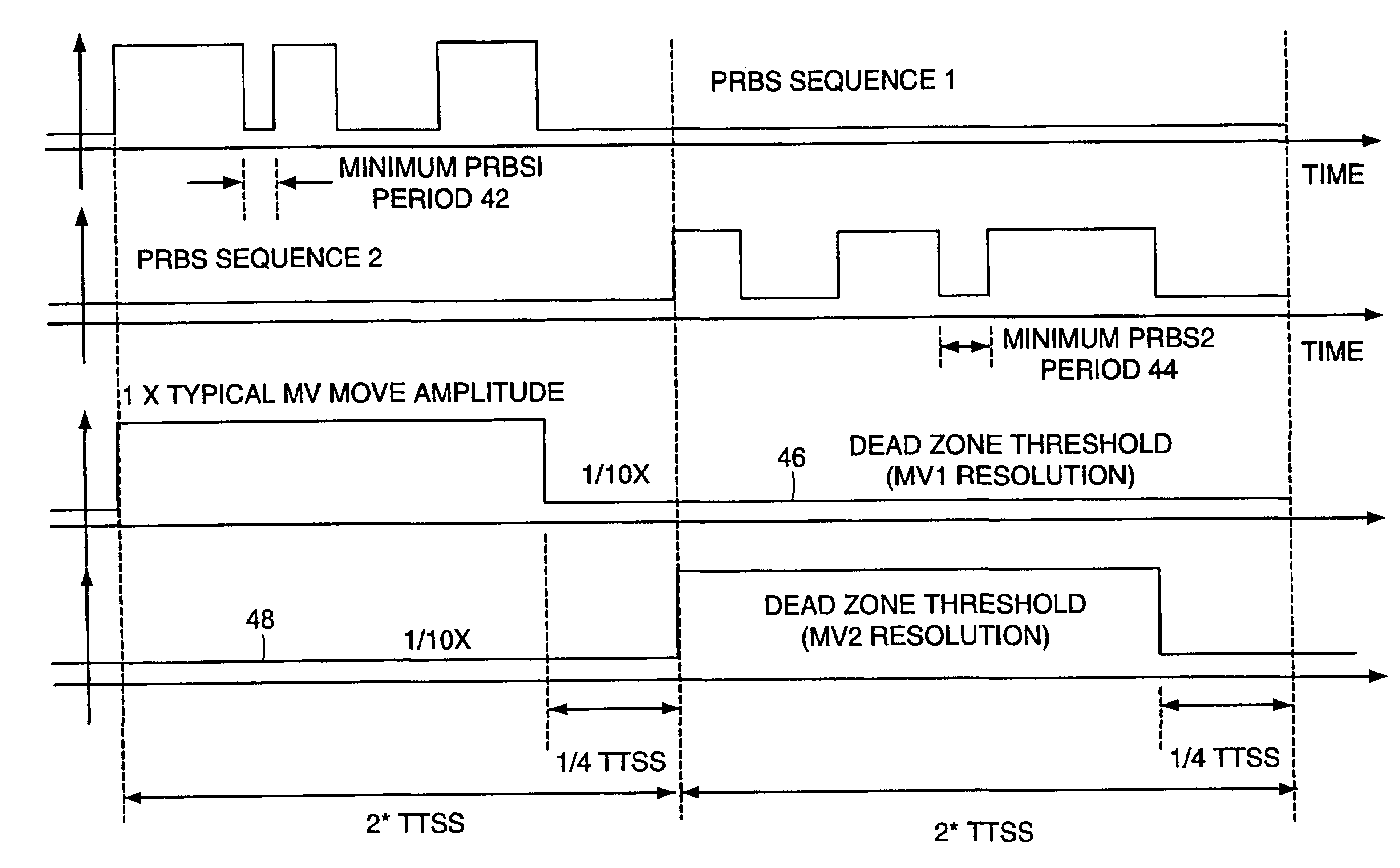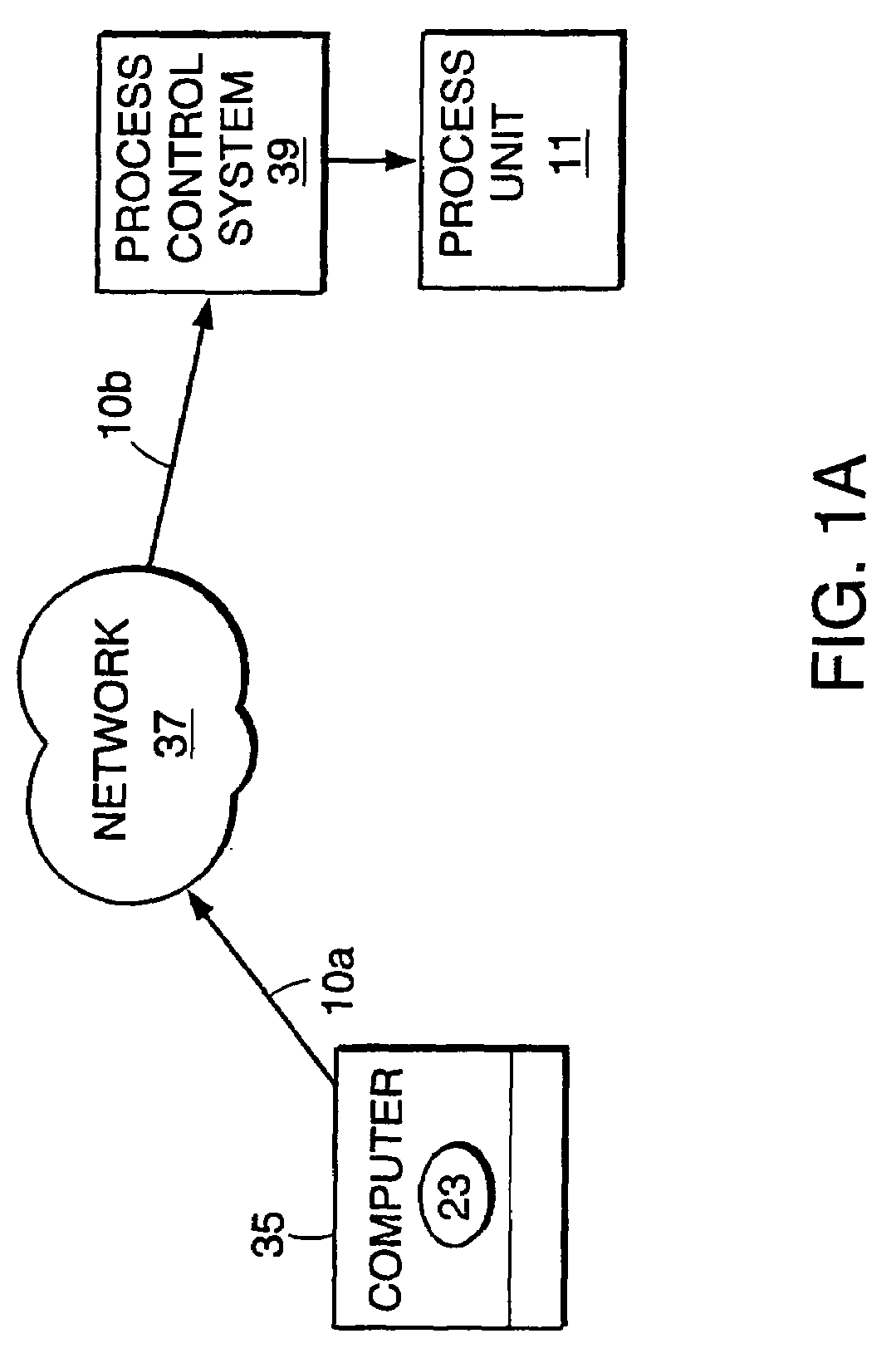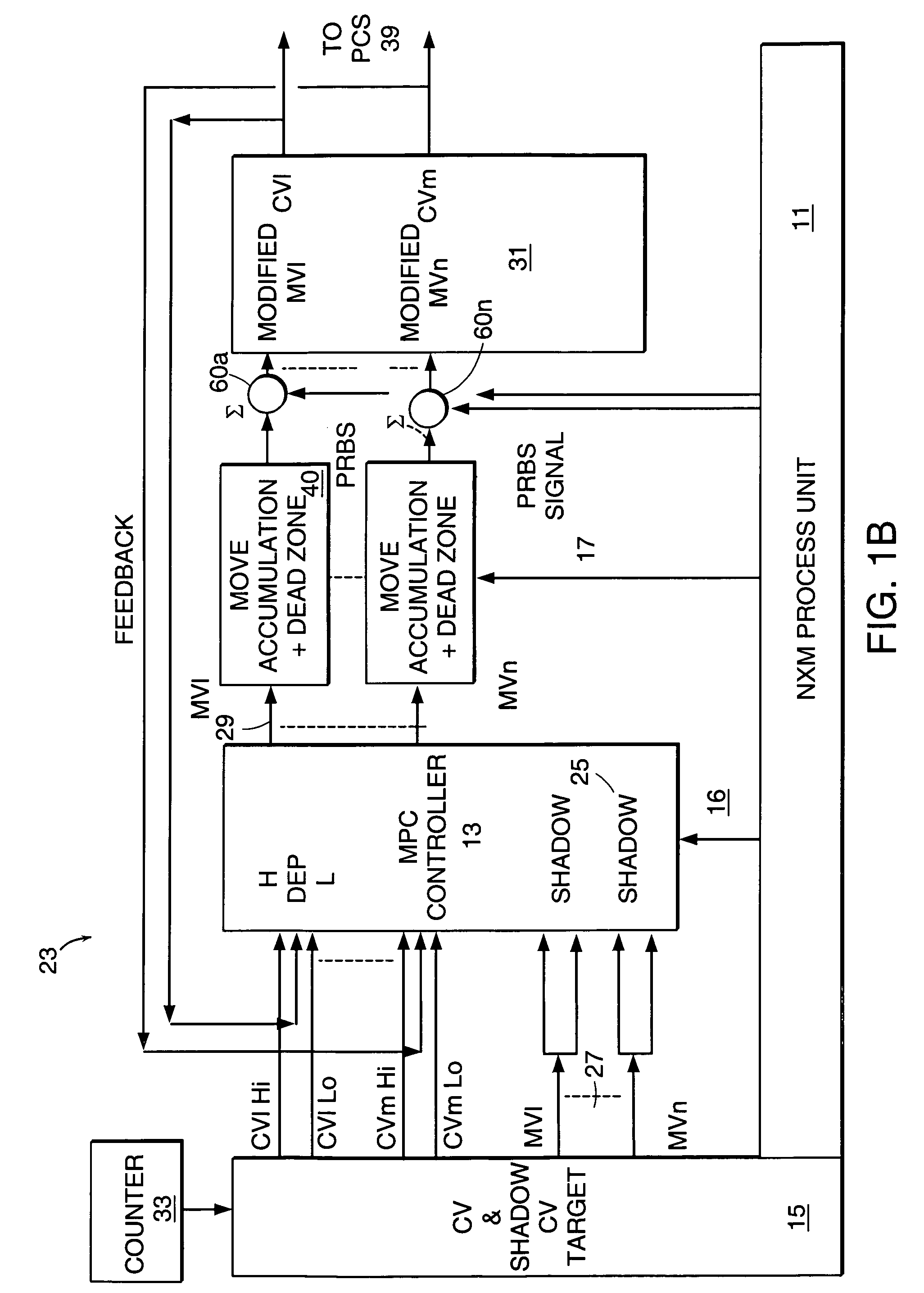Automated closed loop step testing of process units
a closed-loop step and process technology, applied in adaptive control, sampled-variable control system, instruments, etc., to achieve the effect of larger magnitude mv movement and better perturbation
- Summary
- Abstract
- Description
- Claims
- Application Information
AI Technical Summary
Benefits of technology
Problems solved by technology
Method used
Image
Examples
Embodiment Construction
[0070]A description of preferred embodiments of the invention follows.
[0071]Illustrated in FIGS. 1A, 1B and 1C is a multivariable process control system 23 embodying the present invention. In the preferred embodiment, the multivariable process control system 23 is implemented in software, hardware, or both executed on computer processing means 35. The computer processing means 35 is coupled in communication (for example, via a network 37) with process control system 39. The process control system 39 controls the subject process 11 using techniques and mechanics common in the art. The network 37 may be a local area network (LAN), a wide area network (LAN) and / or part of a global network (e.g., the Internet). Network 37 provides access to computer means 35 and process control system 39 across communication lines and the like common in the art. In the preferred embodiment, communication lines 10a, b are high speed communication links which enable remote access / operation of the inventio...
PUM
 Login to View More
Login to View More Abstract
Description
Claims
Application Information
 Login to View More
Login to View More - R&D
- Intellectual Property
- Life Sciences
- Materials
- Tech Scout
- Unparalleled Data Quality
- Higher Quality Content
- 60% Fewer Hallucinations
Browse by: Latest US Patents, China's latest patents, Technical Efficacy Thesaurus, Application Domain, Technology Topic, Popular Technical Reports.
© 2025 PatSnap. All rights reserved.Legal|Privacy policy|Modern Slavery Act Transparency Statement|Sitemap|About US| Contact US: help@patsnap.com



